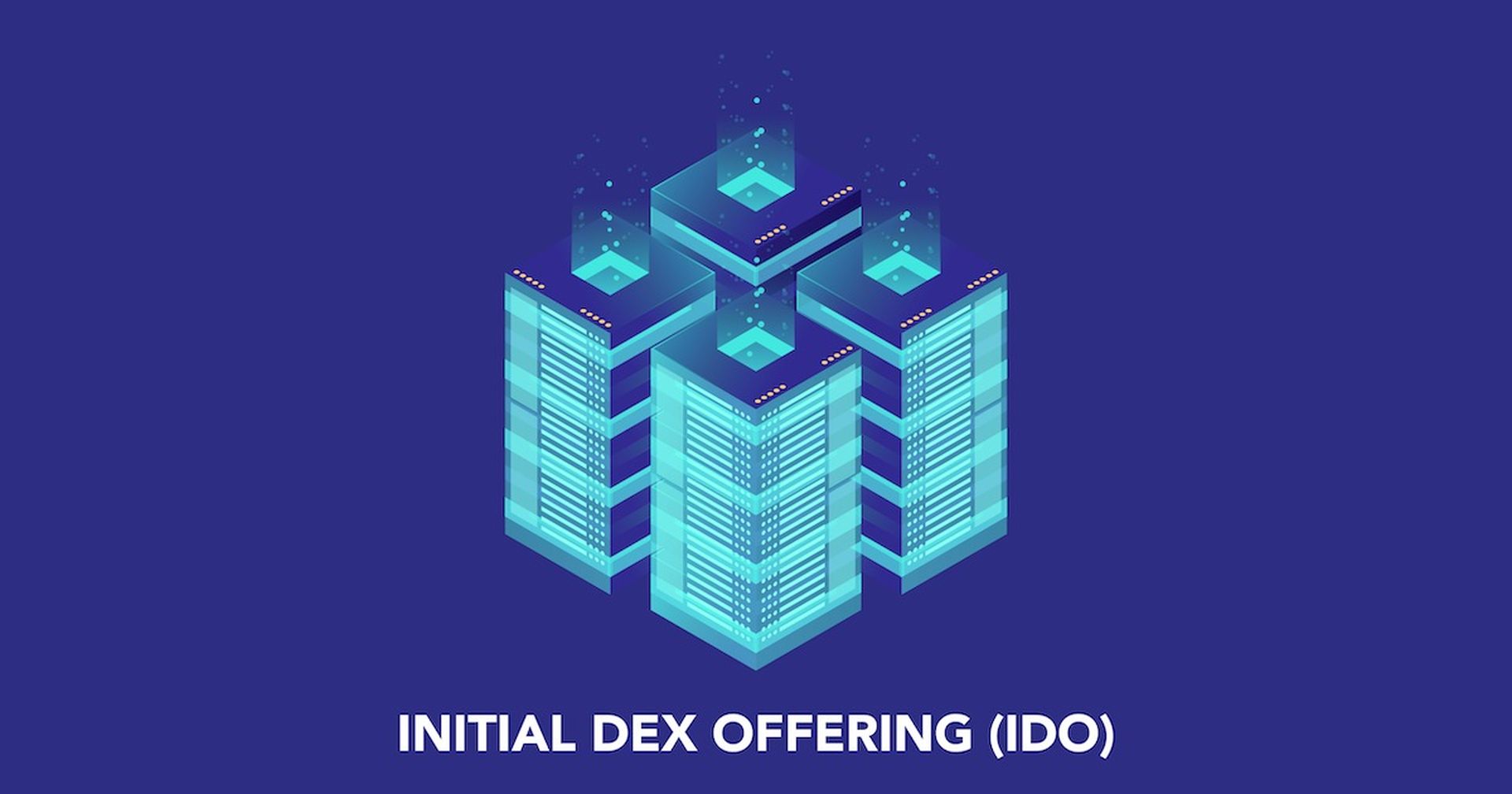Today we are going to explain what is an IDO and make a comparison between IDO vs ICO vs IEO. These models are getting confused with each other, but there are important differences between them. A new crowdfunding model known as an Initial DEX Offering, or IDO for short, allows cryptocurrency projects to offer their native token or coin via decentralized exchanges (DEXs). The notorious Initial Coin Offering (ICOsuccessor), also functions as a foolproof way to start up method, is a simple technique for ventures to bootstrap themselves.
What is an IDO (Initial DEX Offering)?
The First DEX Offering, also known as the IDO, is a crypto currency (or token) offering on a decentralized exchange (DEX). In contrast to an ICO, where coins are offered ahead of time and then put up for sale on a cryptocurrency exchange after completion, tokens in an IDEO are immediately published on the DEX via which they were generated. A project developer no longer has to gather assets for pools because the pool is generated on a DEX after the IDO is finished using its own or a third-party launchpad. You can also check out the best DeFi Stake Tokens of 2022, here!
Since crypto startups may raise money without the use of intermediaries, and investors may profit from rapid token trading, the IDO model has gained a lot of steam.

The IDO model is the successor to the IPO, ICO, and IEO models. Let’s take a closer look at each of these models:
What is an IPO?
Companies have been unable to raise the money required to achieve their lofty objectives for a long time. Angel investors, venture capitalists, and, eventually, an initial public offering (IPO), in which a portion of the business’s total shares are offered to investors, have all been used by businesses to raise cash.

What is an ICO?
In 2017, when the cryptocurrency industry became popular, projects followed this model by selling a part of their overall crypto token supply to the public in ICOs. ICOs have become a big hit in the crypto market, with investors rushing to exploit them, seeking to raise approximately $4.9 billion by year’s end.
The popularity of ICOs, which had been on the rise for years, has plummeted in recent months due to a rise in fraudulent projects and Ponzi schemes. However, because businesses that provide complete legal protection for ICOs are embedded within its umbrella, it becomes popular, worthwhile, and valuable. Everything is done in one place thanks to these platforms, from token sale management tools to high-grade compliance and post-token sale listing.

What is an IEO?
An IEO, as the name implies, was similar to an ICO in that it began on a centralized exchange and promised that the token would be listed on an exchange. In IEOs, crypto projects were thoroughly investigated, and the barrier to entry for participants was quite high. As a consequence, there is trust among investors and the wider cryptocurrency community. Polygon and Elrond are two of today’s most popular blockchain projects thanks to IEOs.

The history of Initial DEX Offering (IDO)
While the notion of DEXs has been around for a long time, they have only recently gained widespread popularity as crypto firms sought to capitalize on their decentralized nature. As a result, they are a superior option for issuing and raising funds without the drawbacks of centralized exchanges.
IDOs took hold in the financial sector, and as a result, the concept of IDOs was birthed. Raven was the first project to launch an IDO, and thereafter there were launchpads that offered specialized services for emerging projects conducting IDOs. This boosted the appeal of IDOs as a fundraising technique in the crypto industry.
IDO vs ICO vs IEO
| ICO | IEO | IDO | |
| Definition | A piece of the total supply is sold to the general public. | A specific number of token is sold to the general public on a centralized exchange (CEX). | The public is permitted to buy a percentage of the overall supply on a decentralized exchange launchpad, thus allowing them to participate in the token sale. |
| Who conducts the fundraising | The project that is launching the ICO | The centralized exchange | A decentralized exchange or a launchpad for IDOs |
| Token listing after crowd sale | The purpose of the project is to have the currency listed on several exchanges. | The token is immediately displayed on the CEX. | The token is immediately displayed on the CEX. |
| Vetting process | The initiatives have not been reviewed, and anyone may launch an ICO at any moment. | A detailed investigation is completed before a project is listed. | All projects are screened and must meet the launchpad’s criteria. |
| Token availability | Investors must wait for a token to be listed on an exchange before purchasing. | It will take some time for tokens to be tradable. | A token’s availability is determined by whether it is immediately accessible or has a vesting period. |
| Smart contract management | Managed by the project that is issuing the ICO. | The exchange is in control of this. | The project issuing the IDO and the Launchpad staff manage it together. |
| Marketing | The project behind the ICO must put significant resources into advertising it. | The cryptocurrency exchange runs and promotes the IEO. | Both the launchpad and the project advertise their products. |

Given the recent rise in popularity of DeFi and DEXs, it’s reasonable to expect that IDOs will continue to thrive, and DeFi projects will be better positioned to take advantage of them than ICOs or IEOs. Don’t forget to check out our selection of the 10 best crypto affiliate programs. Top Web3 crypto coins might define the future of fintech.





